Europe Travel
Being one of the smaller continents in the world, Europe has to offer more than probably any other. A kaleidoscope of breathtaking landscapes, intriguing history, well-preserved cultures, artistic masterpieces, and gastronomical diversity fairly summarizes Europe, though doesn't quite do justice to this unparalleled spectacle of creation.
To us, Europe had always been a land where stories were written by footprints on the sands of time. But footprints on the sands of time can neither be made nor witnessed by sitting down. For that, we need to get up and travel. And that's precisely what we did. Over the past years, we traveled across the length and breadth of Europe either by driving long distances in our own car from our home in Hoofddorp (the Netherlands) to different corners of Europe (e.g., across all five countries of the British Isles, Malta, Greece, or Helsinki), or by exploring every other nook and corner of Europe by train, plane, boat, cruise, and whatnot. Along this journey, life gave us several opportunities to gape at the miracles of creation. But it simultaneously taught us numerous lessons that we could have never learnt sitting within our room's comforts. We got attacked by masked men in the Netherlands; got chased by armed robbers in Italy; got our passports stolen in Germany; got sent back to Croatia from Montenegro in a police car due to missing documents; got hit by a car in a remote village in Romania and spent the whole afternoon explaining the Dutch insurance process in sign language to Romanian police; fought with border police of Bosnia and Herzegovina for an hour at 1 AM for not letting us cross the border due to supposedly insufficient car documents; got car chased by Bosnian police at 3 AM for over speeding in a remote village in Bosnia; remained stranded overnight by the side of a pitch-dark highway with family in a broken car waiting to be towed by the notoriously lazy Italian roadside assistance amidst hailstorms and wildfires; climbed spine-chilling near-vertical 40 degrees inclination (yes, you read that right!) at 2 AM on extremely narrow mirror to mirror Sicilian countryside gravel road with car tyres scidding and engine giving up, and several other sh*t hits the fan moments. But these moments collectively form experiences which is the way life teaches you things. As it’s said, hindsight makes you wiser!
So through this series of articles, I intend to share our stories and experiences of traveling across Europe with our fellow photography and travel enthusiasts. I hope they help you plan your travels across Europe!
Tucked along the windswept coast of Normandy in northern France, Étretat is a small seaside town famous for its dramatic white chalk cliffs and natural rock arches sculpted by the sea. Once a quiet fishing village, Étretat blossomed in the 19th century as a fashionable beach resort, attracting writers, artists, and Parisian elites. Its raw beauty, combined with the serenity of the sea and sky, has inspired generations. Étretat was immortalized by the French Impressionist painter Claude Monet through innumerable paintings of the town’s striking cliffs. Today, Étretat stands as a jewel of Normandy - a place where cliffs meet canvas, and history lives in the landscape.
Towering 30 meters (100 feet) above the Forth and Clyde Canal in central Scotland, and weighing more than 300 tonnes each, The Kelpies are the largest equine sculptures in the world. These twin horse-head statues, designed by Scottish sculptor Andy Scott, stand as a modern tribute to Scotland’s rich mythological and industrial heritage. Unveiled in 2014, The Kelpies have since become a symbol of the country's artistic spirit, a beacon of local pride, and one of Scotland’s top visitor attractions. But these aren’t just horse statues. They are living steel metaphors - part myth, part machinery, and entirely mesmerizing!
Edinburgh, the enchanting capital of Scotland, is a city where centuries of history seamlessly blend with a modern, vibrant spirit. Perched on a series of volcanic hills and dominated by the iconic Edinburgh Castle, the city has been Scotland’s capital since at least the 15th century. However, its roots run far deeper - archaeological finds reveal human settlements dating back to the Bronze Age. During the medieval period, the city became a royal residence and a center of political and religious power. The Old Town, with its narrow wynds and cobbled streets, tells tales of the Reformation, witch trials, and Jacobite uprisings, while the neoclassical grandeur of the New Town reflects the Enlightenment era, when Edinburgh earned the nickname “Athens of the North.”
Belfast, the vibrant capital of Northern Ireland, is a city steeped in history, culture, and resilience. Nestled on the banks of the River Lagan, Belfast evolved from a small 17th-century settlement into a thriving industrial powerhouse during the 19th century. It became famous for linen production, rope-making, and shipbuilding, with the Harland & Wolff shipyard constructing the legendary RMS Titanic in 1911.
Dublin, the vibrant capital of the Republic of Ireland, is a city where history, culture, and modern energy blend seamlessly. Nestled on the banks of the River Liffey, Dublin is a city of storytellers, where every cobblestone street and historic building holds a tale from the past. Originally founded as a Viking settlement in the 9th century, it quickly grew into an important trading hub.
Cardiff, the capital of Wales, is a vibrant city brimming with history, culture, and modern charm. With its origins dating back to Roman times, Cardiff has evolved from a small settlement into one of the most important cities in the United Kingdom. Today, Cardiff is known for its lively arts scene, stunning architecture, and world-class sporting events. The city seamlessly blends its rich historical past with modern attractions, making it an exciting destination for travelers.
Nestled in the heart of Gloucestershire, Bibury is often hailed as one of the most picturesque villages in England — a timeless gem of the Cotswolds that has captivated artists, writers, and travelers for centuries. The village’s charm lies in its honey-colored limestone cottages, rolling green meadows, and the gentle flow of the River Coln, which meanders gracefully through its center. Bibury’s most iconic landmark, Arlington Row, dates back to the 14th century, originally built as a monastic wool store before being converted into weavers' cottages in the 17th century.
Set amidst the rolling plains of Wiltshire, Stonehenge stands as one of the world’s most iconic and enduring mysteries. These towering stones, some weighing up to 25 tons, arranged in an almost celestial pattern, continue to fascinate archaeologists, historians, and travelers alike. As much as it is a monument to ancient engineering, it is also a spiritual and symbolic landscape that holds stories spanning thousands of years.
London, the capital of England and the United Kingdom, is a city steeped in history, culture, and innovation. Founded by the Romans as Londinium in AD 43, it quickly became a thriving trade hub. After the fall of the Roman Empire, the city evolved through Saxon, Viking, and Norman rule, with landmarks like the Tower of London symbolizing its medieval strength.
Today, I’m going to tell you an epic story - a tale of roads and waters, of windswept cliffs and timeless isles. It’s the story of a cruise and road trip that began in the heart of the Netherlands and carried us across all five countries of the British Isles during the magic of Christmas.
Born as a Roman city, renowned as the birthplace of cologne (as in the perfume), and home to the world-famous twin-spired Kölner Dom (Cologne Cathedral) along with twelve other Romanesque churches, the love lock Hohenzollernbrücke (Hohenzollern Bridge), the historic Altstadt (Old Town), Rheinauhafen (Rhine harbor district), museums, murals, festivals like Christmas Markets and Carnival, and a unique local beer (Kölsch) scene, Cologne (Köln in German) serves as the perfect European city break for travelers of any age.
The nostalgic Hergé Museum, housed in an inventive building in the small town of Louvain-la-Neuve in the French-speaking Wallonia region of Belgium, about 20 km southeast of Brussels, celebrates Georges Remi (1907–1983), alias Herge, the multitalented creator of comic-strip hero Tintin with an engaging, and extensive exhibition. It is a site that serves as both a shrine to avid Tintinologists like us and an appropriately artistic tribute to one of Belgium’s greatest creative personalities. So let’s explore it together!
With rolling valleys, Romanesque cathedrals, and towering peaks nestled between France and Spain, the Principality of Andorra boasts the best ski slopes and resort amenities in the whole Pyrenees. With an area of 468 sq. km (181 sq. miles) and a population of 79,034, Andorra is the world's 16th-smallest country (and 6th-smallest European microstate) by area and 11th-smallest country by population.
Situated near Faxaflói Bay in southwest Iceland, Reykjavík is the capital of Iceland and the northernmost capital of any sovereign state globally. Glaciers, earthquakes, and volcanic eruptions have sculpted the landscape of the city over the millennia, as the area is geothermal; after all the name translates to "Smoky Bay." Though it only has 120,000 residents, it's a thriving city that welcomes a growing number of tourists each year. It is the political, cultural, and economic hub of Iceland and is regarded as one of the world's safest and cleanest cities.
Uniquely situated on the rift between the North American and Eurasian tectonic plates at the junction of the Atlantic and Arctic Oceans, the island nation of Iceland is aptly dubbed as the ‘Land of Fire and Ice,’ due to the presence of some of Europe’s largest glaciers and most active volcanoes at the same time. Iceland is a country with dramatic diversity in climate and geography ranging from volcanoes, lava fields, mountains, glaciers, ice caves, waterfalls, rivers, lakes, hot springs, and black beaches. And due to its vicinity to the North Pole, it’s also an iconic destination to chase the Northern Lights. All of these together, create an enchanting otherworldly ambiance that cannot be expressed in words but has to be experienced in person. And probably that’s the reason why Iceland has been the backdrop of several Hollywood and Bollywood movies and TV Series like Starwars, Tomb Raider, Die Another Day, Batman Begins, Thor: The Dark World, Interstellar, Fast and Furious 8, Game of Thrones, Vikings, and Katla to name a few!
To me, Switzerland is all about mountains, lakes, waterfalls, alpine villages, and historic towns. So you need to choose an itinerary combining one or two of each of the above to experience the beauty of Switzerland in its entirety. Also, having too many of each of these may be overkill and turn out to be a very expensive Swiss drama. So, in our itinerary, we chose the best of each of the above to ensure we capture the true essence of Switzerland in our hearts forever, while keeping the itinerary cost-effective.
With an age-old tradition dating back to the 14th century, France is one of those countries in Europe, where celebrating Christmas with zest and fervor is deeply rooted within its national culture. And since the concept of the world's first ever Christmas Tree originated from here, France has as much right to the title of ‘The Home of Christmas’ as the North Pole. Owing to the diverse geography running from the French Alps to the Mediterranean, France follows different Christmas customs in different regions. But there is one thing in common - the Christmas Markets!
The lavender fields in Provence are among the most well-known in the world. Every year between mid-June and mid-August, when the Provence lavender fields begin to take on their distinctive purple tint, and the countryside gets inundated by their sight and scent, it reminds us that even when life is about to come to a standstill at the whim of the sun's powerful rays, the earth can still ripen, that there can be joy amidst misery. And that, my friends, is not a sight to be missed! Today I’m going to take you along with me on a ride across the best lavender fields of Provence. Let the journey begin!
From late April through May, millions of bluebells blanket the Hallerbos, also known as the ‘Blue Forest’ of Belgium, located in the municipality of Halle, 20 km south of Brussels. As far as the eye can see, a flowering carpet brushes up against the slender beech trees in the 1,360-acre forests' unearthly transformation. Visitors can meander the twisting roads while keeping an eye out for deer and rabbits that wander through the lush, emerald woodlands. Though bluebells are not uncommon in Europe, especially in its oldest woods, the Hallerbos is exceptional due to the quantity and quality of its bloom.
The inverted letter ‘Y’ shaped (or ‘lambda’ for science students) lake of Como (also known as Lario) is a gorgeous glacial lake in the Lombardy region of Italy, 50 km north of Milan. After Lake Garda and Lake Maggiore, it is the third-largest lake in Italy with a surface area of 146 sq. km. With a depth of 425 m, it is the fifth-deepest lake in Europe. Home to picturesque villages, elegant villas, luscious green mountains, and sparkling blue shores, Lake Como is a place where gleaming red Ferraris glide through little lakeside towns and aristocrats, royals, and celebs vacation in neoclassical villas. Here the 2006 Bond film ‘Casino Royale’ was partly shot and many of the opulent lakeside hotels are priced like 007 properties. Hollywood star George Clooney is known to spend the summer months at his 25-room Villa Oleandra in Laglio on Lake Como.
The Republic of San Marino situated on the slopes of Mount Titano 657 meters (2,156 feet) above sea level, northeast to the Apennine Mountains, is a European microstate landlocked by Italy on all sides, offering breathtaking views of the Adriatic coast. With a population of 33,562 and a land area of just over 61 sq. km, it is the third-smallest independent country in Europe after Vatican City and Monaco, the fifth-smallest country in the world, and until the independence of Nauru (1968), the smallest republic in the world.
Tuscany is renowned for its exquisite scenery, magnificent art, architecture, and extraordinary charm. However, Florence is the only location in Tuscany where all four of these characteristics come together seamlessly to create a majestic, charming, and utterly unique city. Florence is known for the vast political and economic influence it held during the Medici dynasty and for providing a platform for world-renowned personalities like Michelangelo, Brunelleschi, Leonardo da Vinci, Dante, Galileo, Marconi, Botticelli, and Machiavelli, to name a few.
Tuscany in central Italy is not only one of the most well-known regions of the country, but it's also unquestionably one of the most picturesque travel destinations in all of Europe. A few of the attractions that make a trip to Tuscany unforgettable include the fascinating hilly landscapes, pine forests, cypress avenues, rolling hilltop vineyards, golden yellow fields, olive groves, idyllic medieval villages, an immeasurable wealth of art treasures, authentic cuisines, and locally brewed wines. In addition, it is regarded as one of the most significant Renaissance cultural landscapes, having numerous sites and attractions on the UNESCO World Heritage List. No wonder photographers from all over the world come to Tuscany to shoot the best photos of their lifetimes!
‘The Last Supper’ by Leonardo da Vinci (Cenacolo Vinciano in Italian) is one of the most well-known paintings in the entire world. This piece of art was commissioned by Ludovico Sforza, Duke of Milan, and created by Da Vinci between 1494 and 1498, depicting Jesus and his disciples having their final meal, on an interior wall of the Santa Maria Delle Grazie church, a UNESCO World Heritage site, in Milan, Italy.
Milan is the capital of the Lombardy region in northern Italy and the second most populous city in Italy after Rome. It is the most prosperous manufacturing, commercial, financial, and cultural hub in Italy where life is fast-paced, money does the talking, creativity is a major business, and fashion is an art form!
Today I’m going to tell you a summer story. An epic summer story of a 6000 km road run across Milan, Tuscan villages, Florence, Pisa, San Marino, and towns on Lake Como, from the Netherlands.
Christmas in Stockholm is a time of coziness, shimmering lighting, copious amounts of food and drink, and a few unique traditions ranging from solemn to hilarious. Stockholm's Christmas markets await exploration, with a million Christmas lights adorning the streets and a chill in the air filled with seasonal cheer.
While the sun may be reluctant to rise as winter settles in on Helsinki, the aroma of mulled wine, or glögi, and shop window decorations warm the heart as the holiday season approaches. People take advantage of pikkujoulu, or "little Christmas," when they celebrate in pubs and restaurants, because Christmas is normally a quiet family affair. Despite the fact that the temperature drops below minus 10 degrees Celsius at this time of the year, the atmosphere still remains one of warm conviviality. Even when the temperature drops, shops and restaurants gleam with a warm glow, and Finnish structures are known for their ability to withstand the worst frost. When you add carol concerts in churches to the mix, it's hard to believe Helsinki wasn't built for the sole purpose of celebrating Christmas.
Tallinn's medieval Old Town takes on a particularly romantic look in the winter, when a new dusting of snow covers its rooftops and candles cast a flickering glow across its cobblestone alleyways. Tallinn is at its most enchanting during the winter, despite the dark nights. From ice skating on the Old Town's outdoor rink to sipping mulled wine on the ancient Town Hall square at one of Europe's best Christmas Markets, it's a true winter wonderland!








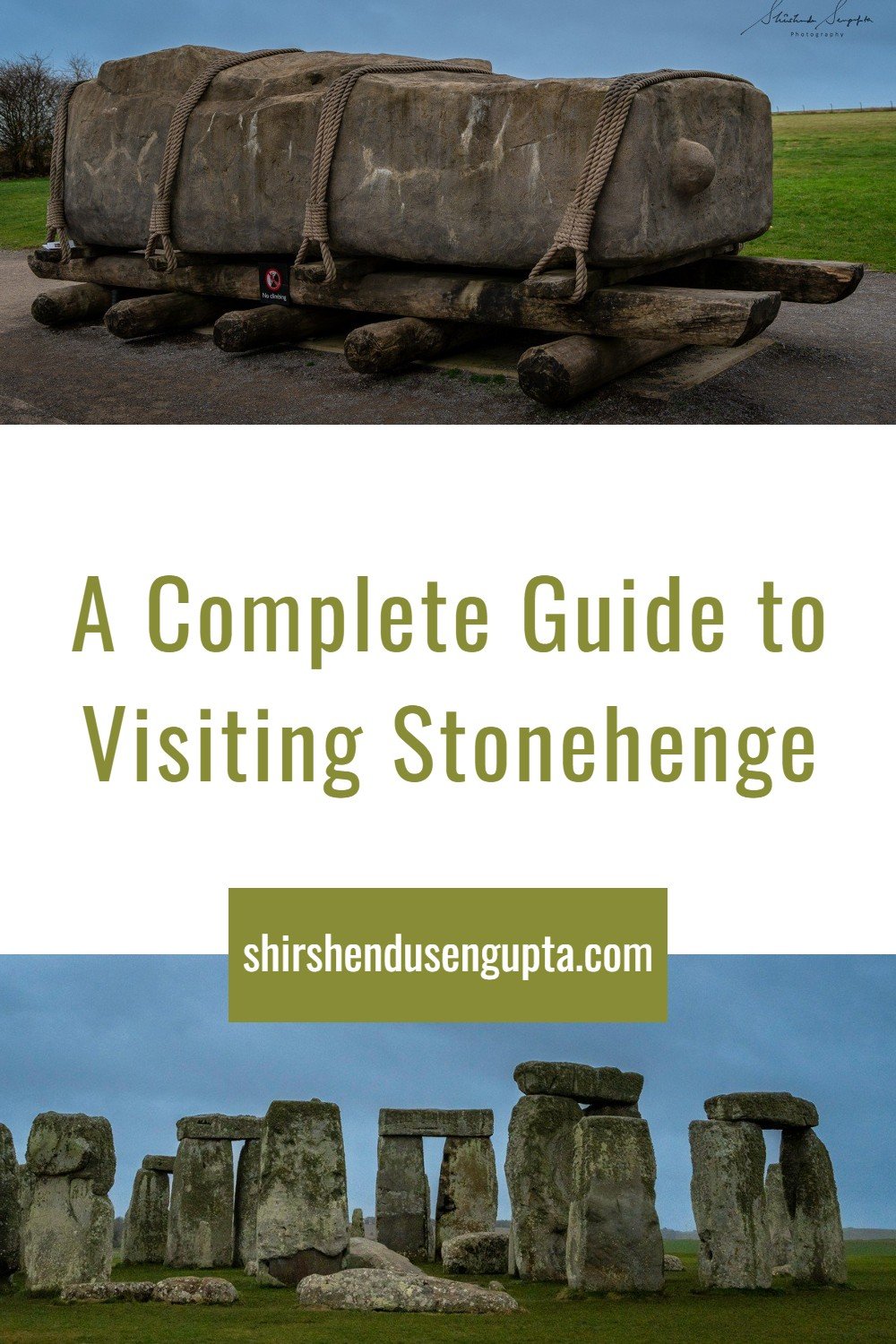
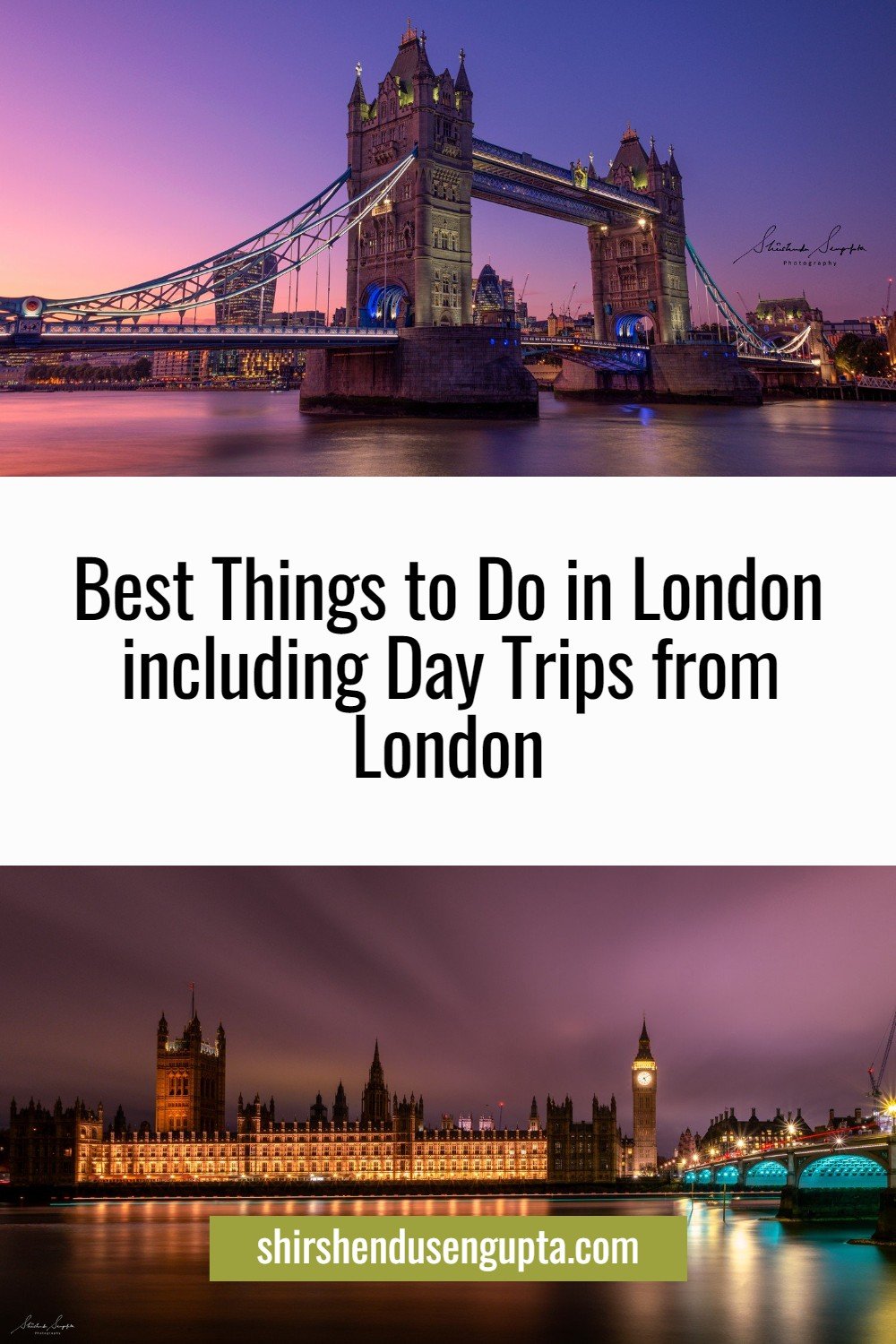

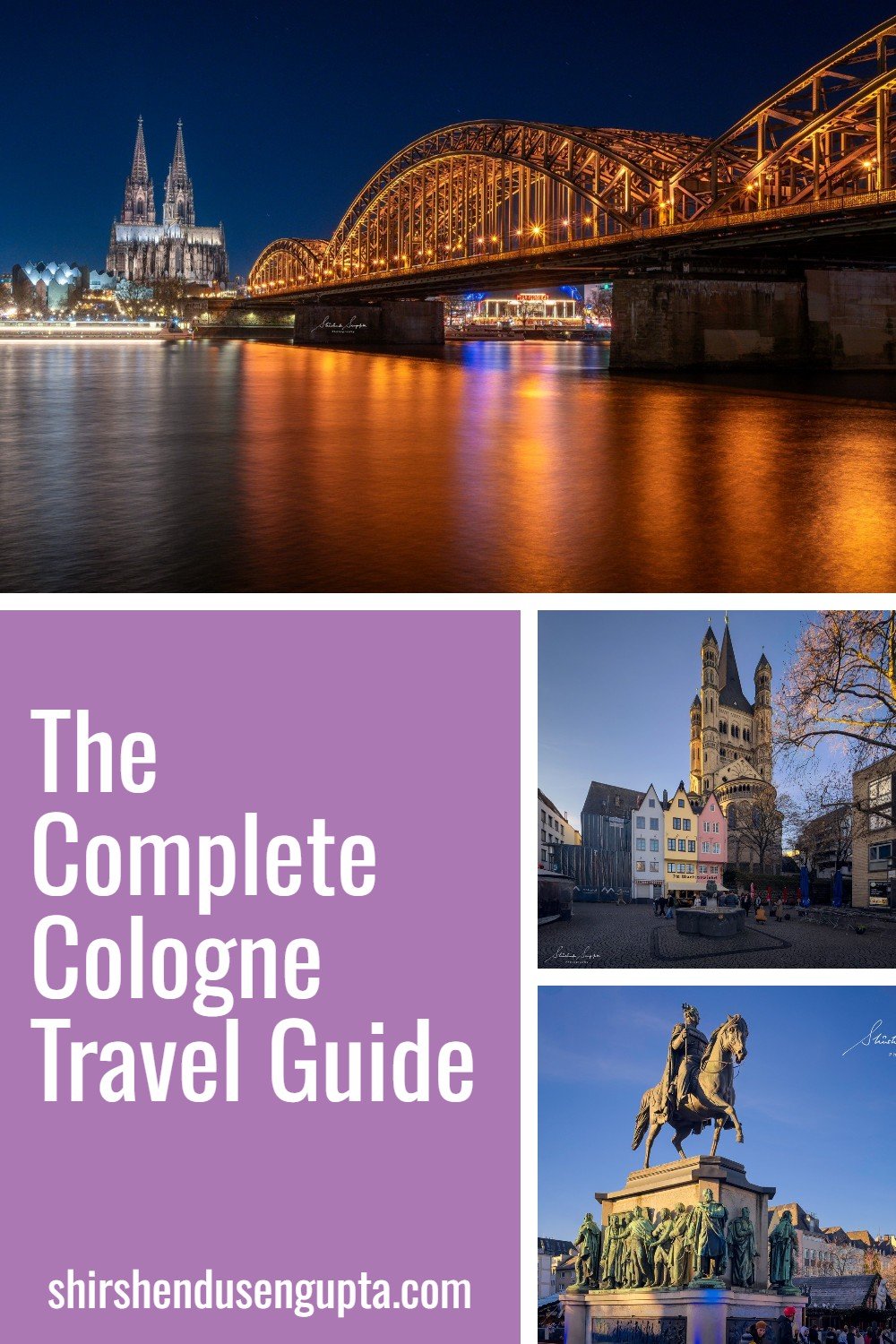

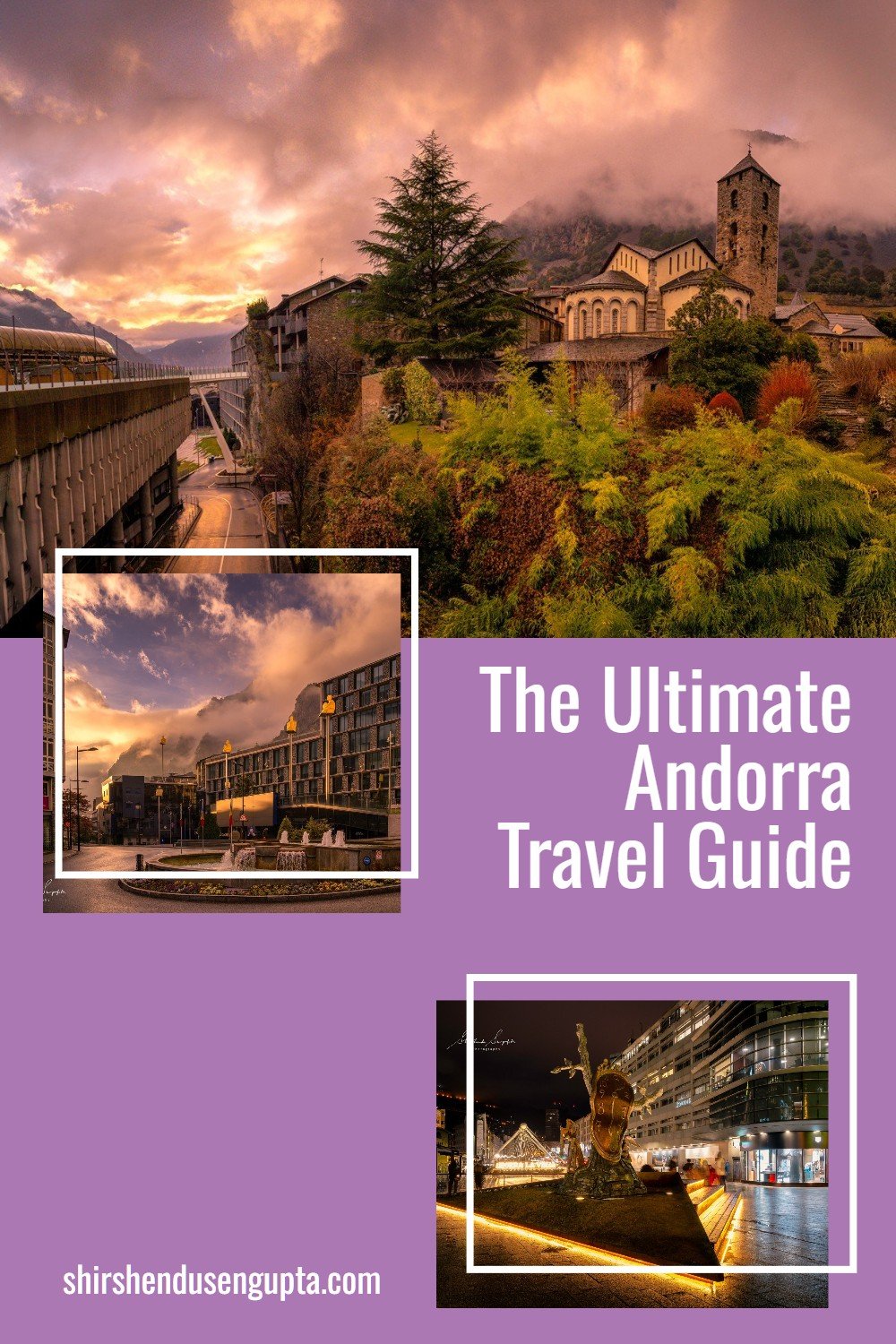
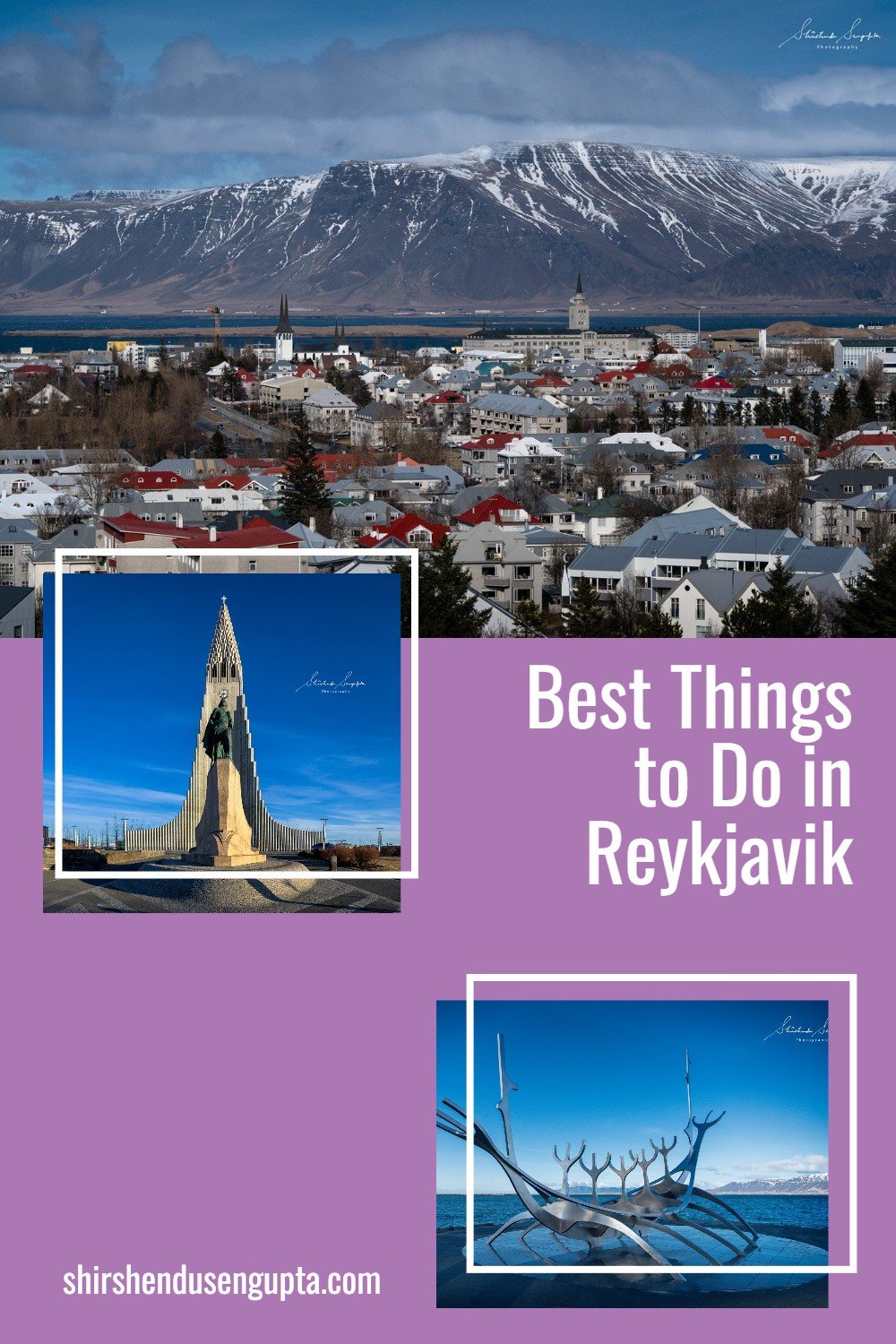
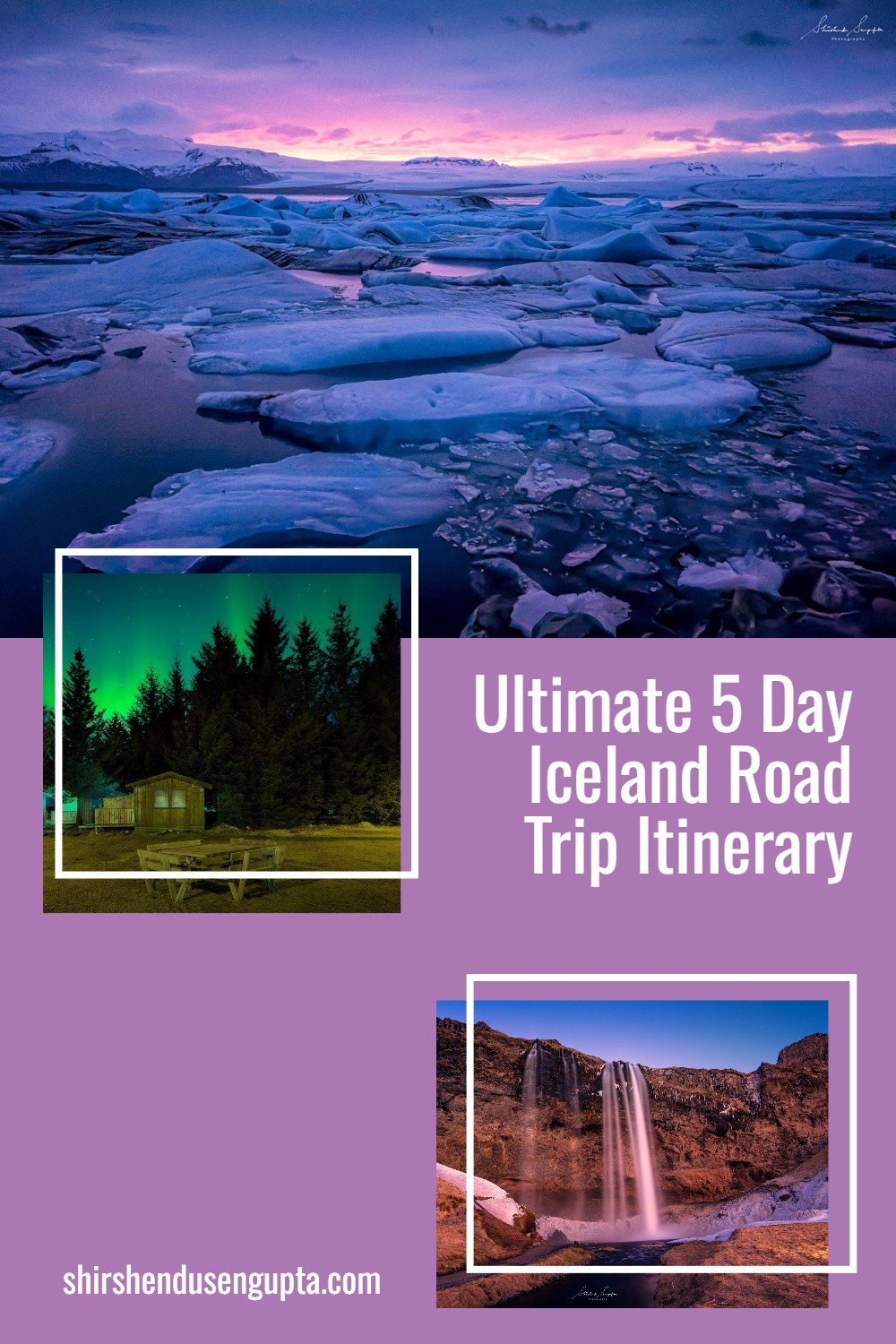
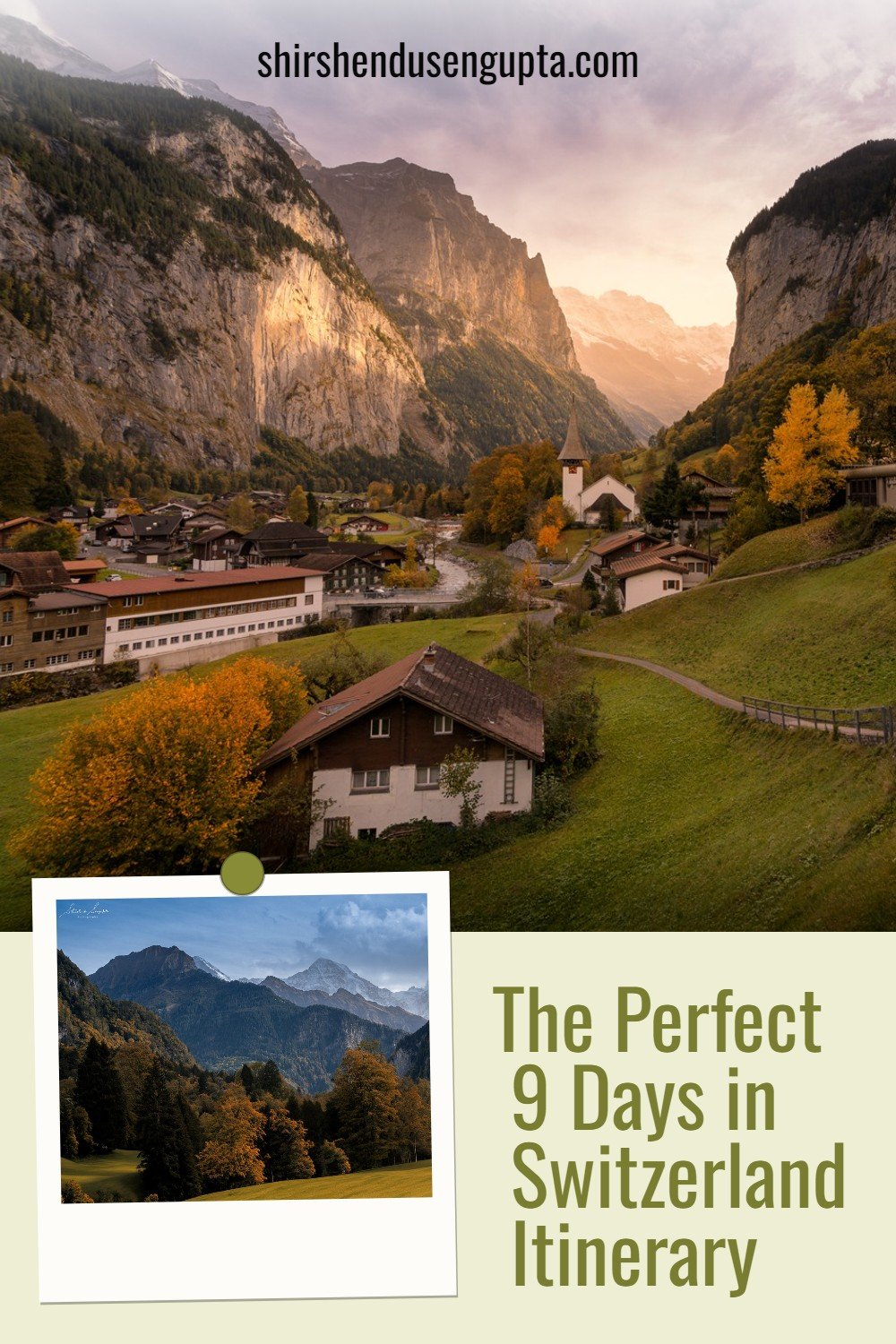

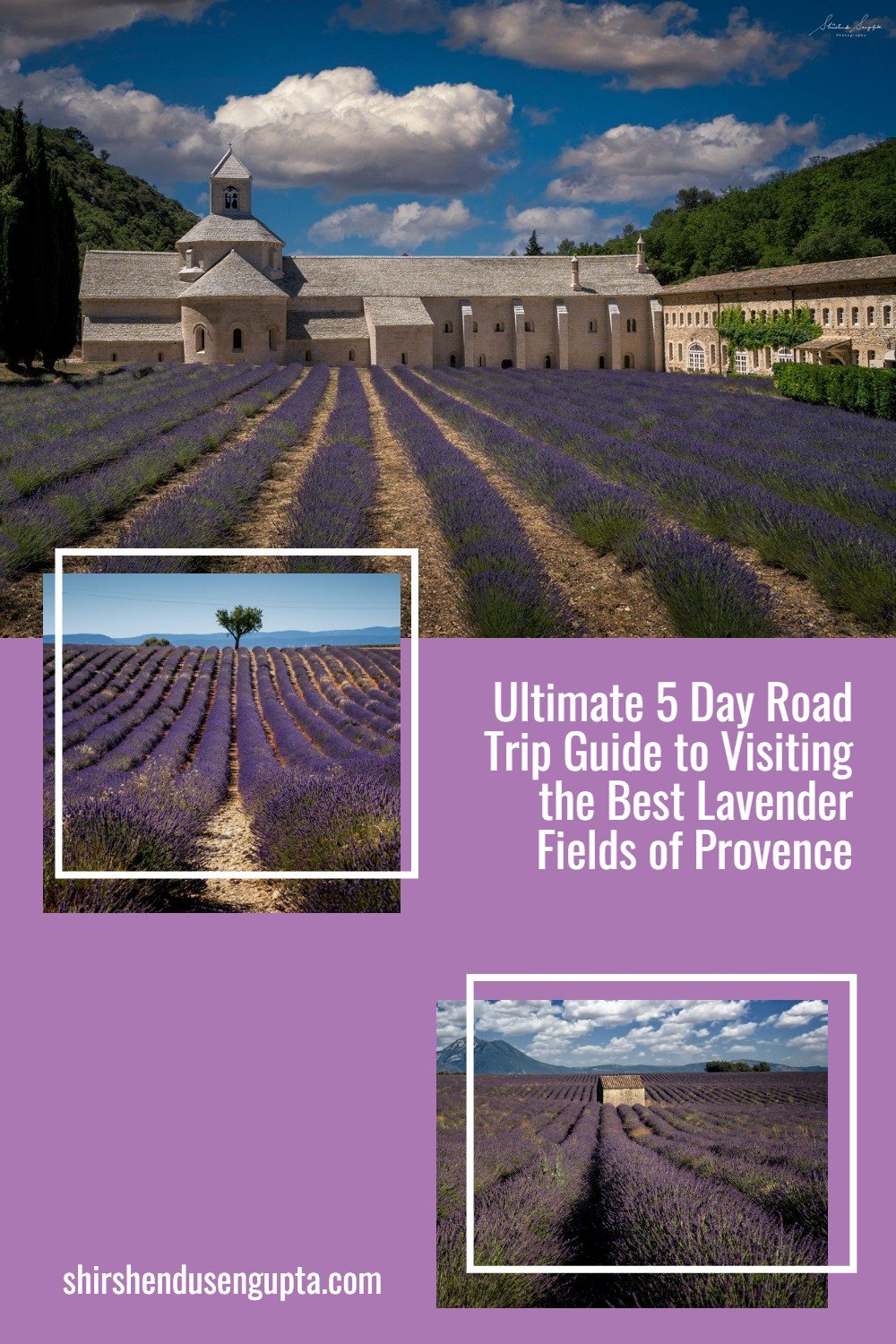
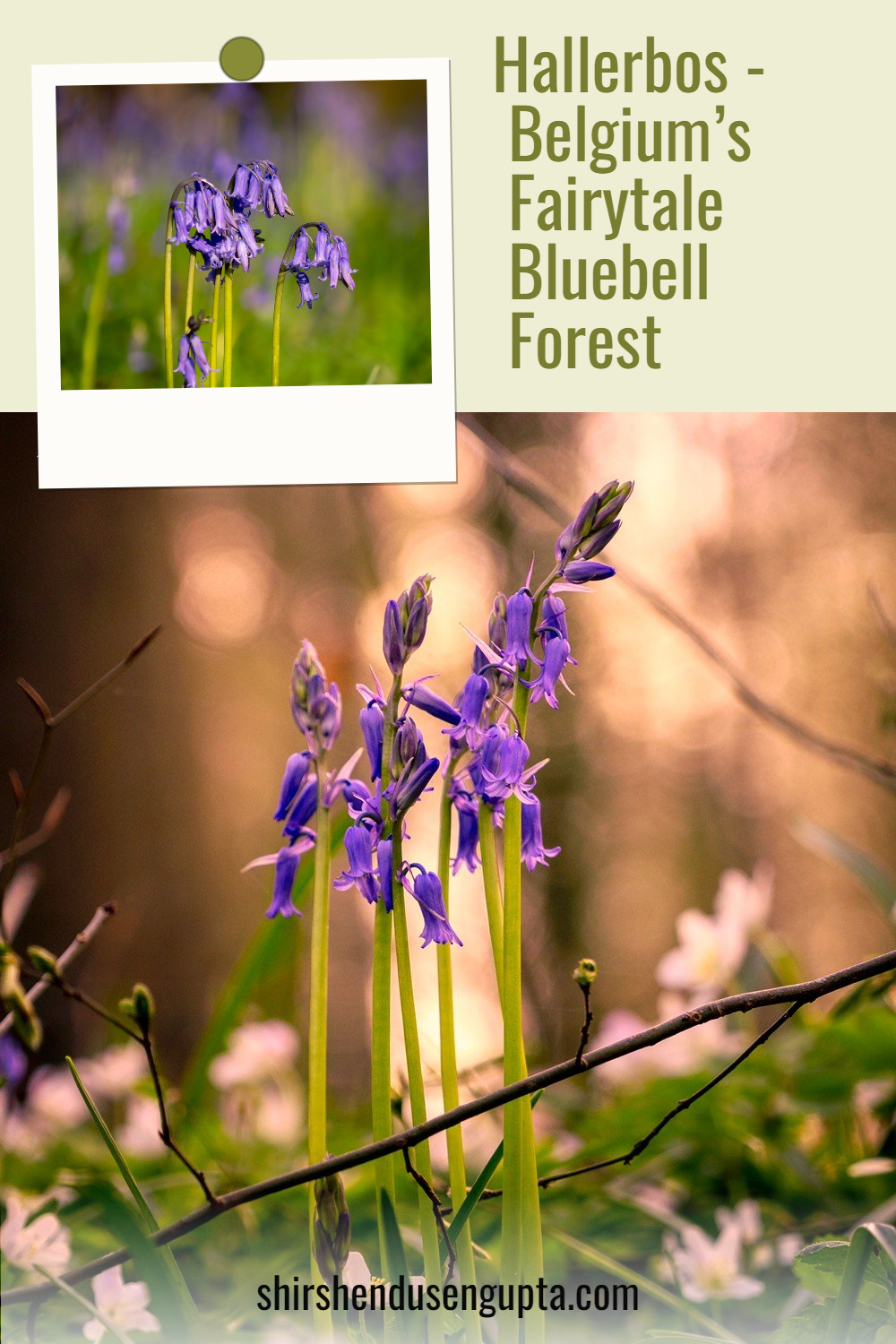
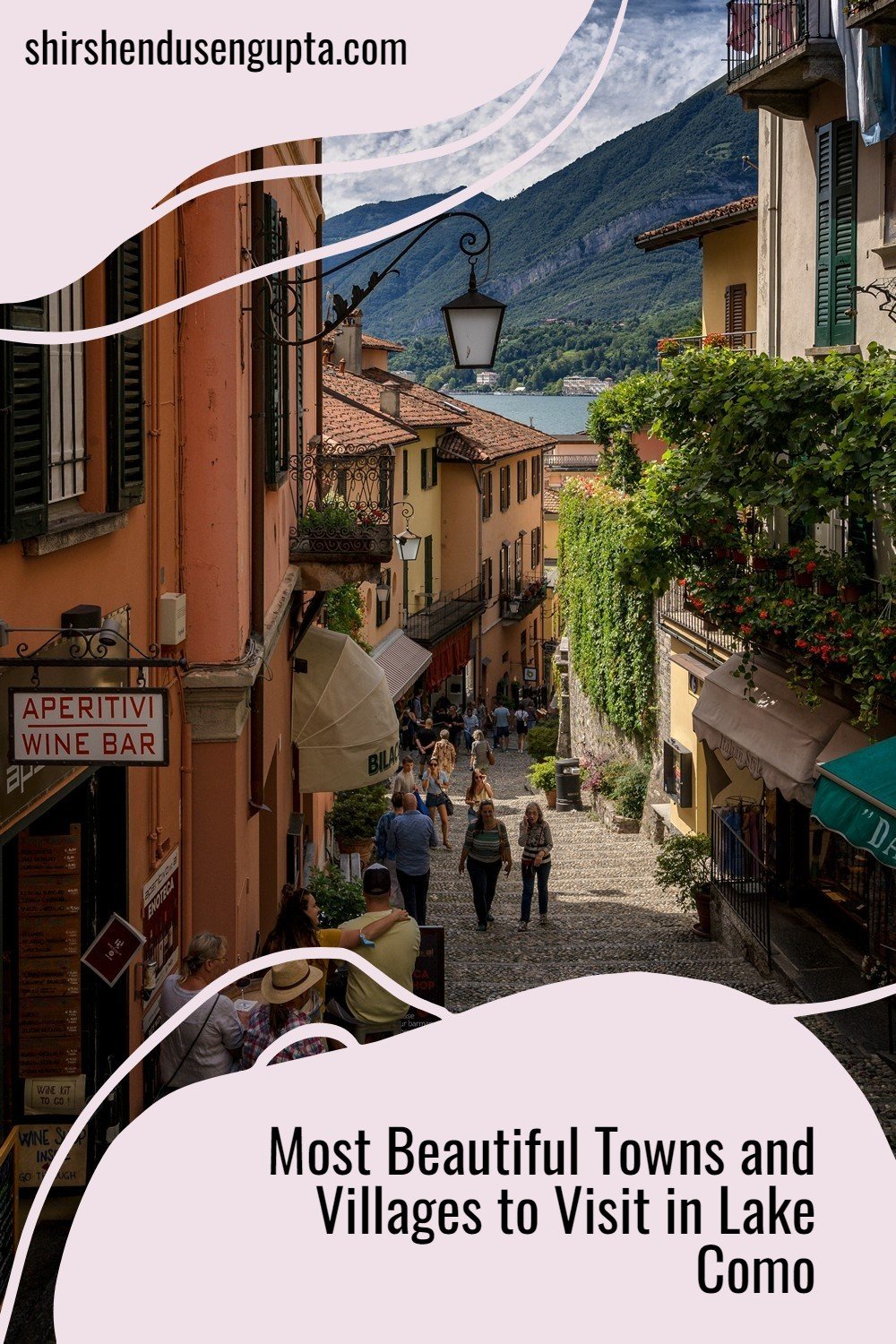
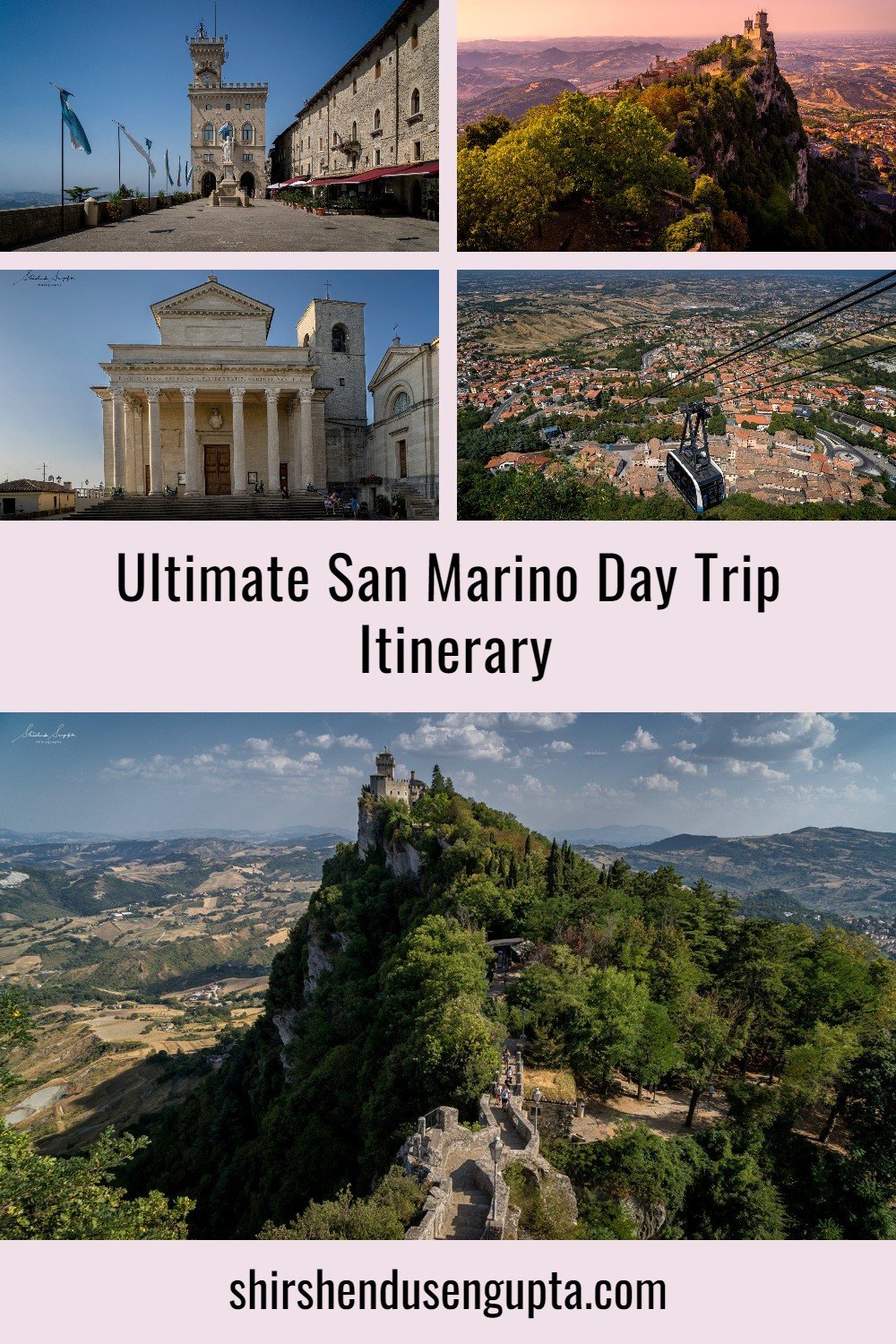
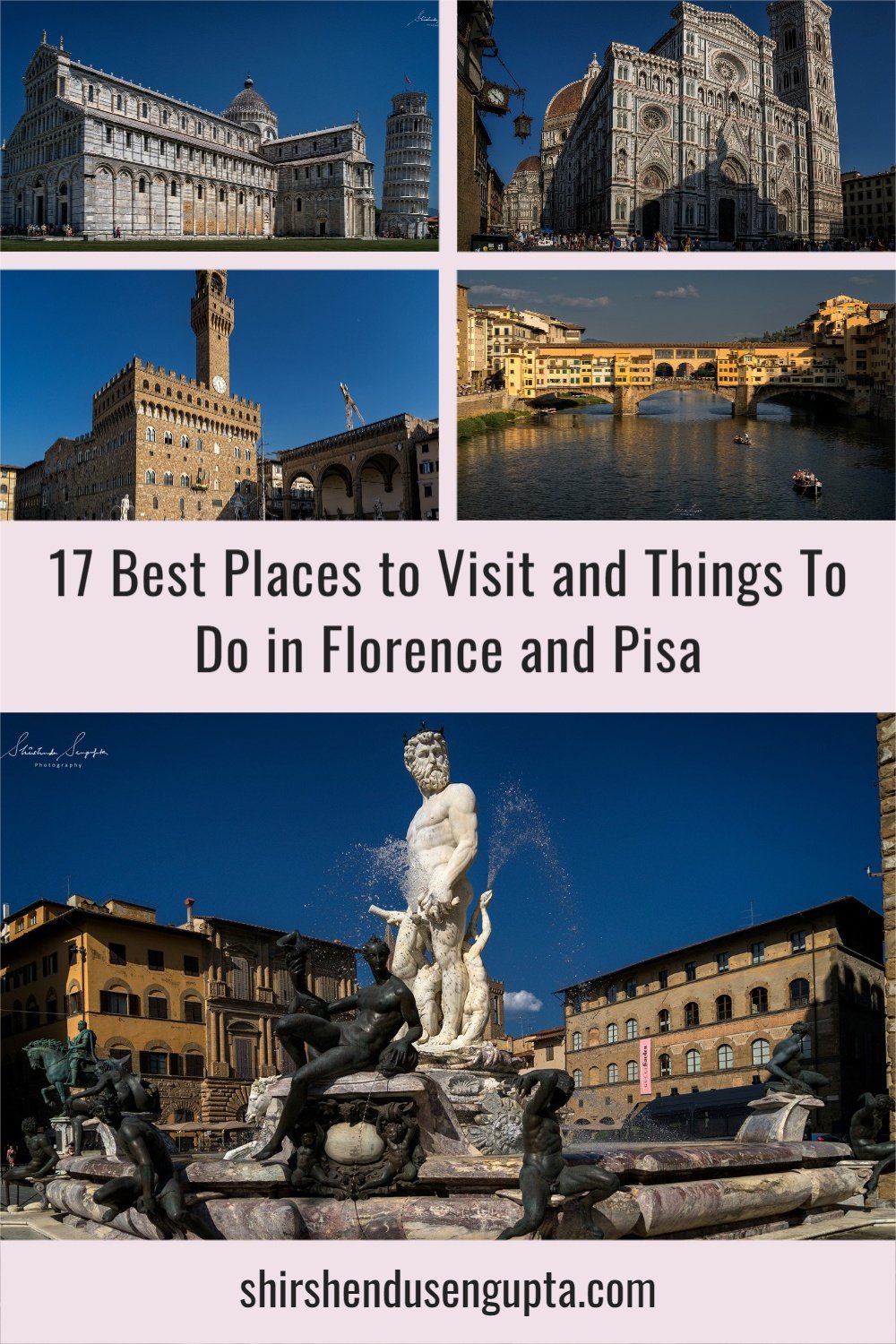
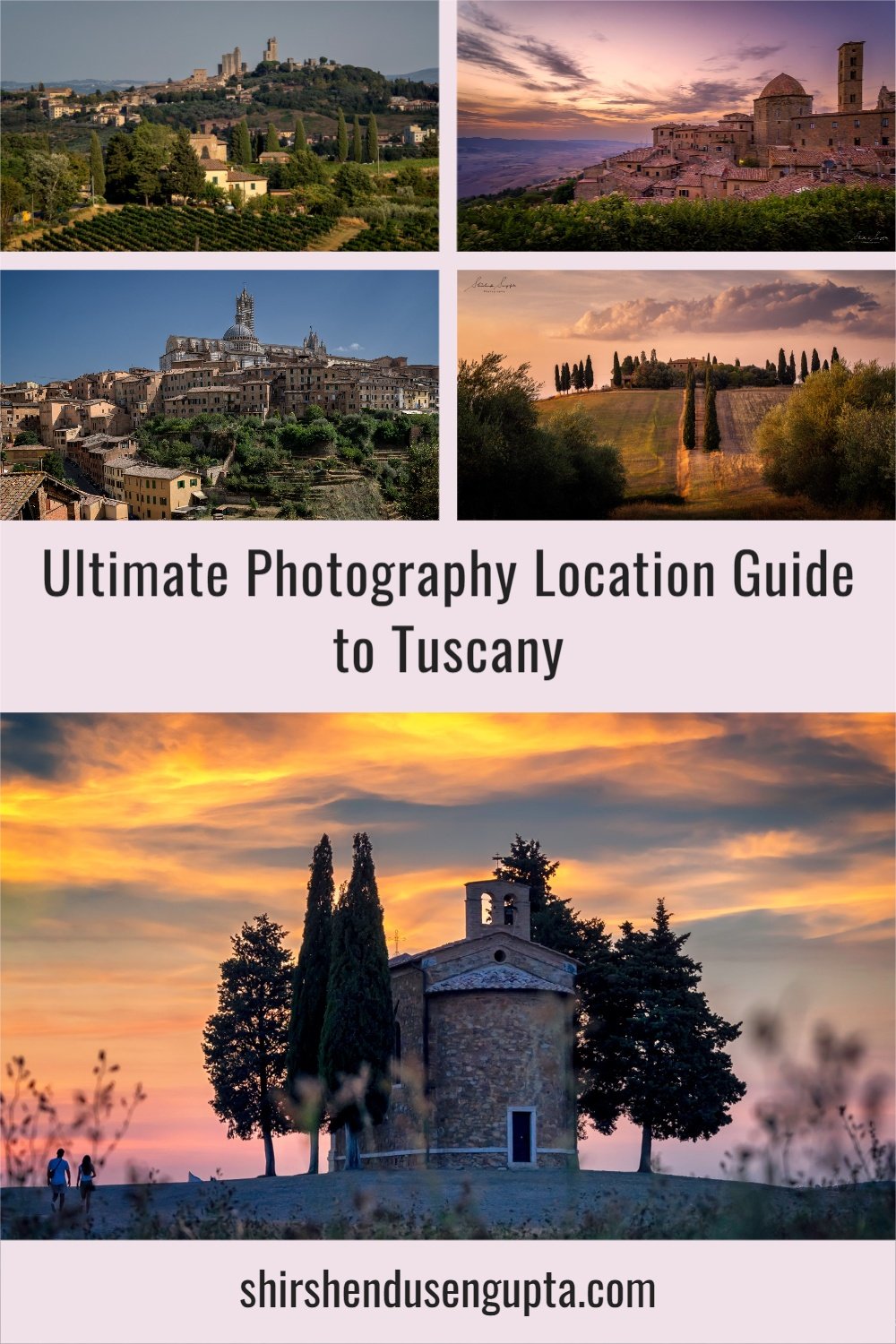
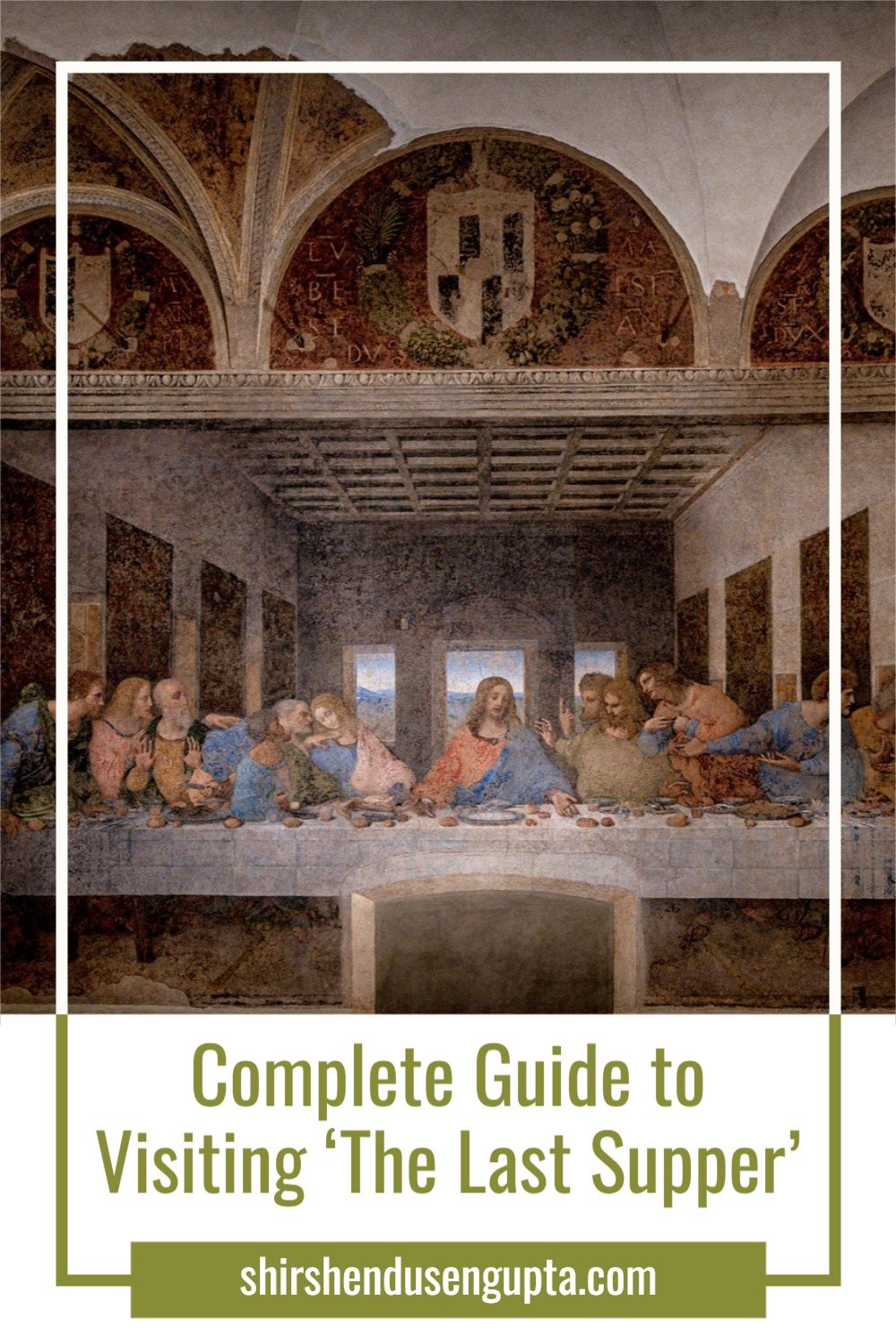
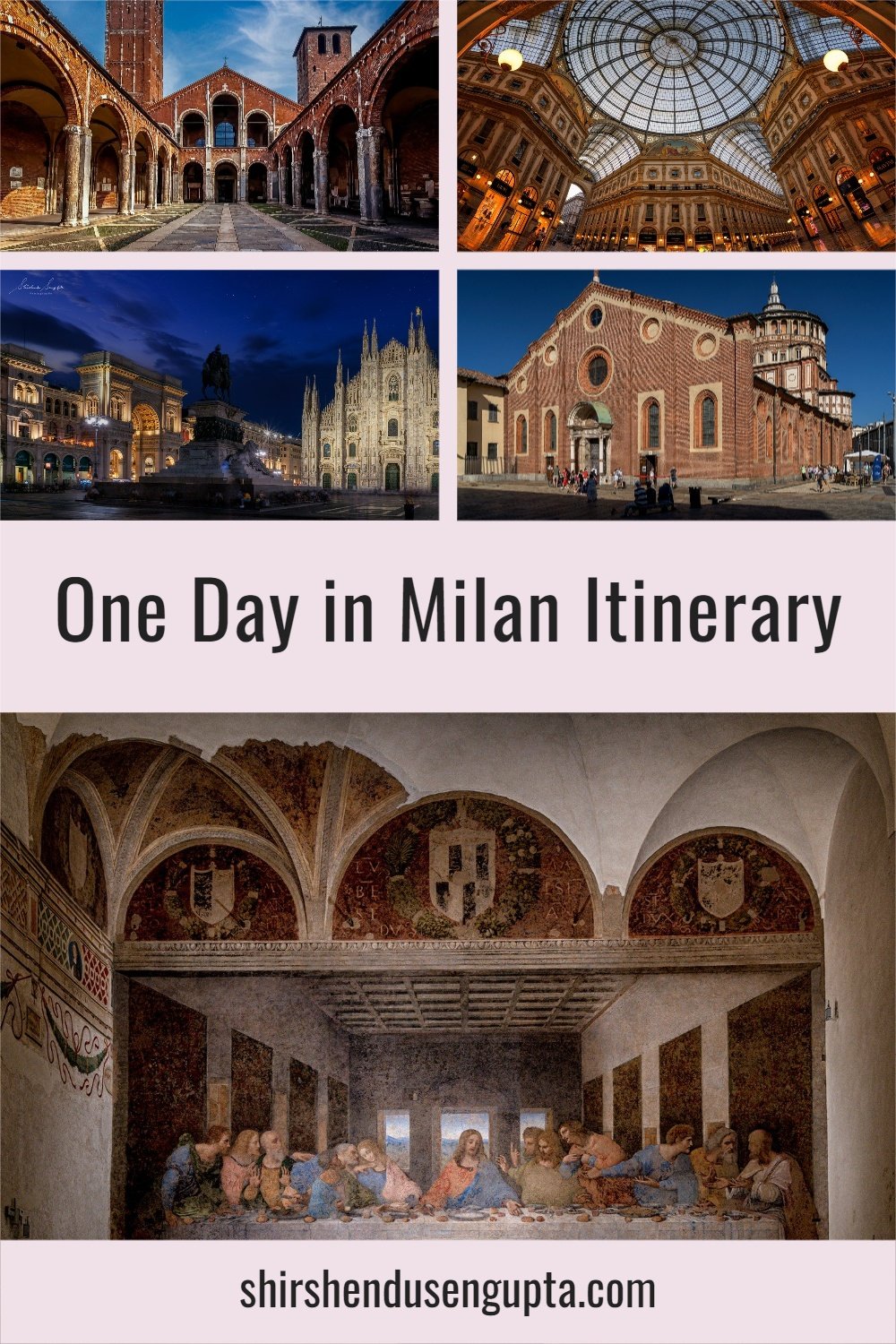
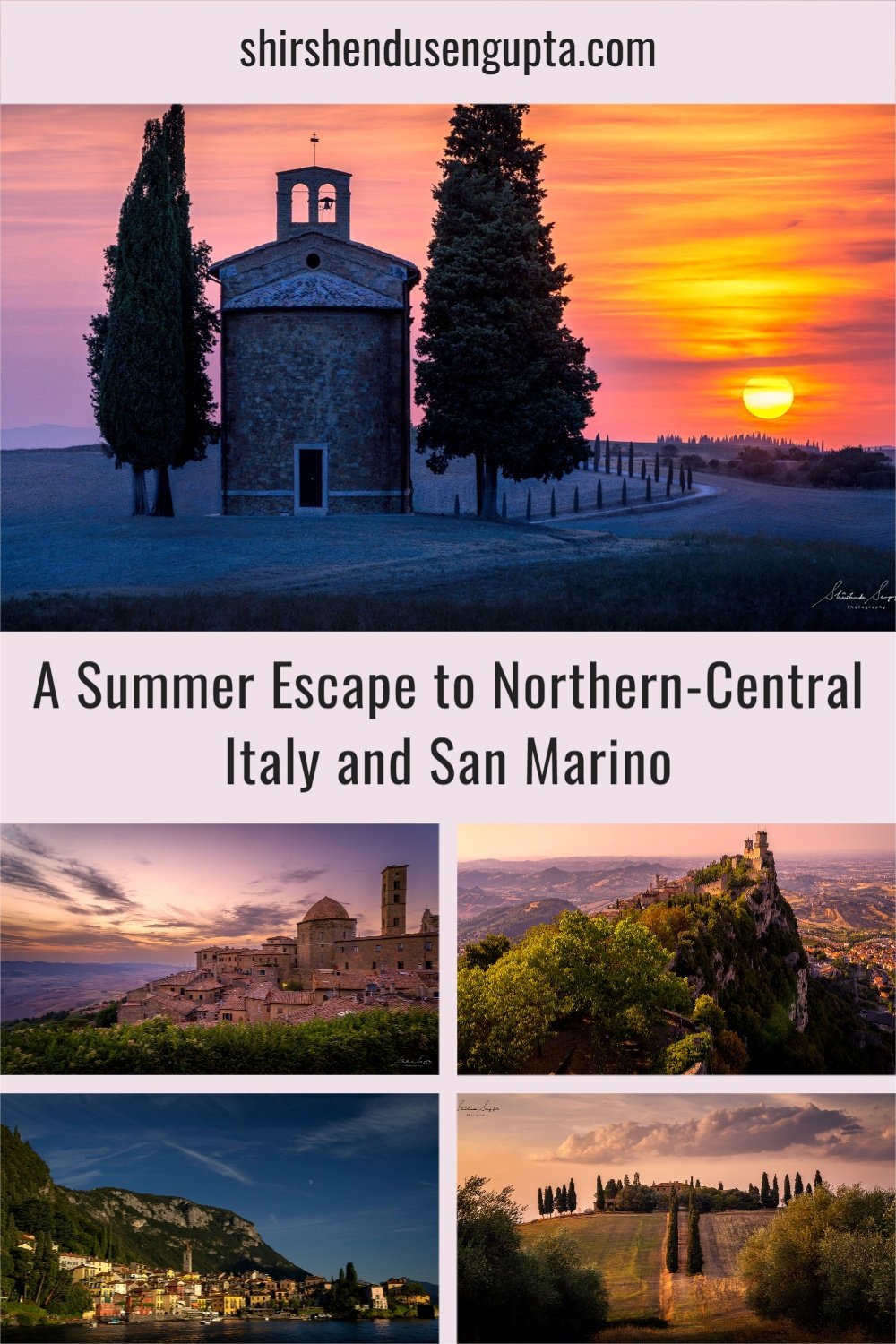



A British Overseas Territory on the southern tip of Spain, Gibraltar is a strategic gateway between the Mediterranean Sea and the Atlantic Ocean. Despite being only 6.7 square kilometers in size, it holds immense geopolitical and historical significance. For centuries, it has stood as a sentinel guarding the Strait of Gibraltar, a narrow waterway that separates Europe from Africa and connects the Mediterranean Sea to the Atlantic Ocean. The Rock itself rises dramatically from the sea, its limestone cliffs concealing both natural wonders and secret wartime tunnels.